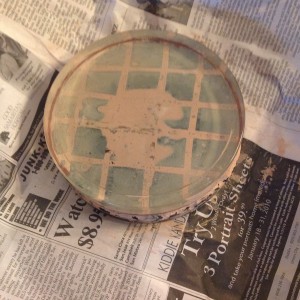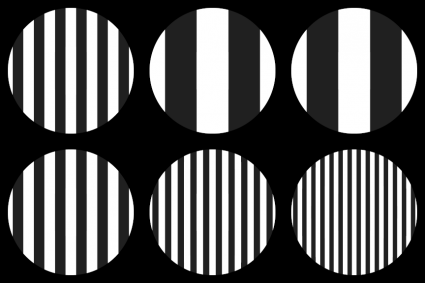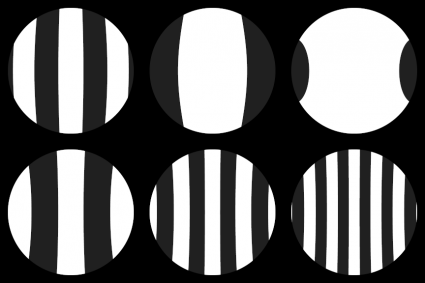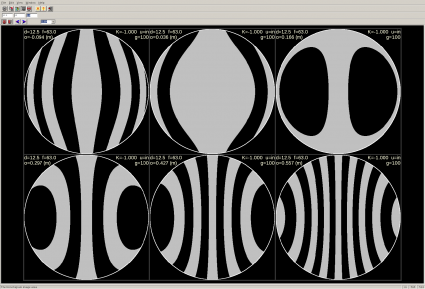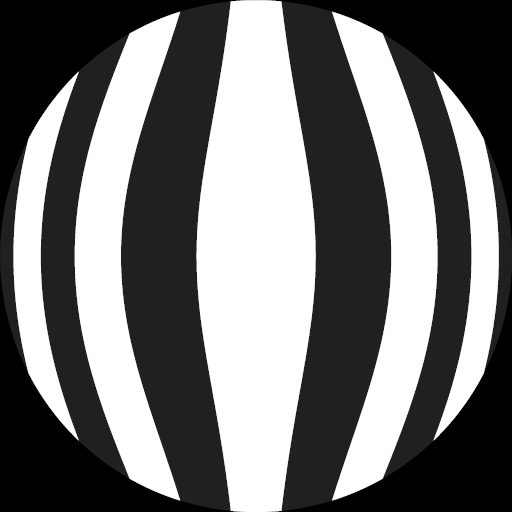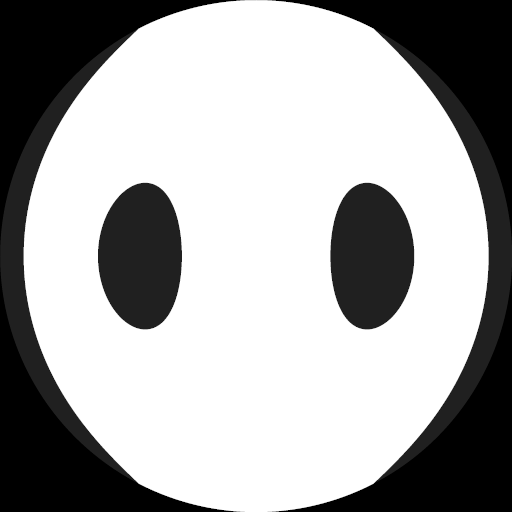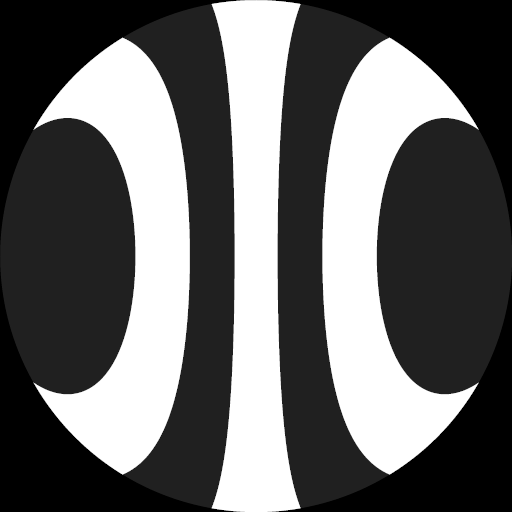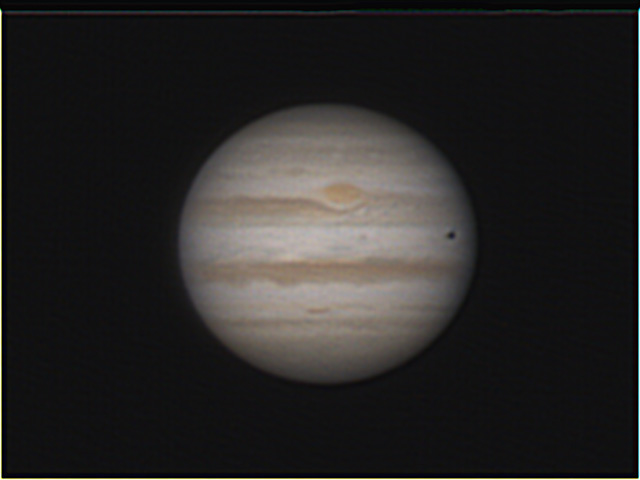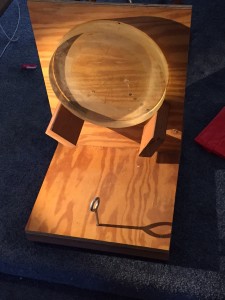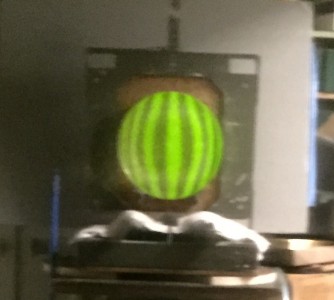 As I mentioned before, I’m trying to get back into telescope making, a hobby that I haven’t been involved with for a few years. The fruits of more than a decade of telescope making are in my garage: I have a bunch of supplies and utilities that i have sort of lost track of. Somewhere, I know I have an aluminized 6″ f/12 mirror, as well as a 12.5″ tool that I could use to make a full sized lap to finish the 12.5″ mirror I was looking at last week. I found the tool, but didn’t find the finished mirror (although I did find a bunch of other stuff, including a bunch of 6″ blanks, two diagonals, three focusers, a bunch of copy lenses that could be turned into finders, some mirror cells, azimuth bearings, and lots of other goodies.
As I mentioned before, I’m trying to get back into telescope making, a hobby that I haven’t been involved with for a few years. The fruits of more than a decade of telescope making are in my garage: I have a bunch of supplies and utilities that i have sort of lost track of. Somewhere, I know I have an aluminized 6″ f/12 mirror, as well as a 12.5″ tool that I could use to make a full sized lap to finish the 12.5″ mirror I was looking at last week. I found the tool, but didn’t find the finished mirror (although I did find a bunch of other stuff, including a bunch of 6″ blanks, two diagonals, three focusers, a bunch of copy lenses that could be turned into finders, some mirror cells, azimuth bearings, and lots of other goodies.
Including something I don’t recall: a polished 6″ mirror, along with a test sheet that was written in my hand writing. The mirror is an old style Pyrex blank (with “PYREX” embossed on the backside, and a bubble or two inside) with some staining of rouge around the outside. I have no recollection of this particular mirror, but I looked at the test sheet. It indicates that the radius of curvature was 77 inches (f/6.4) along with some measurements. I’ve no doubt that these measurements were made by my telescope making mentor, Paul Zurakowski.
Back in the day, we actually did a fairly crufty bit of data reduction, which I ultimately discarded as too crude to be really informative. We gathered good data, but our reduction was the kind of thing that you could do by hand (even though we used one of Paul’s aging Macintosh computers to do the calculation). I thought it might be good to dust off a program that I used to use and see how good the mirror really is.
Instead of using a Couder mask, Paul always used a pinstick: a ruler which had pins set at various places along the mirror. The idea is the same as the Couder mask: you worked to try to match the same intensity at the matching pins. Paul’s pinsticks were always set for five zones: 31.6%, 54.8%, 70.7%, 83.7% and 94.9% of the mirrors diameter. I tried to remember where these numbers came from. A moment’s playing revealed the secret. First of all, you begin by considering the number of zones, in our case, five. If you take a circle and divide it’s area into give equal parts of increasing area, you’ll basically have an inner most circle with area of the total area / 5, and then a series of donuts around, getting thinner and bigger as they go out to the end. (You can think of the innermost circle as being a donut with an inner radius of zero). Now, for each of the five zones, divide that area into two equal parts. I wrote a small snippet of python to do the math:
[sourcecode lang=”python”]
#!/usr/bin/env python
from math import *
D = 2
N = 5
a = pi * (D/2)**2 / N
inner_area = 0.
for z in range(N):
outer_area = inner_area + a
r1 = sqrt(inner_area / pi)
rm = sqrt((inner_area + outer_area) / (2 * pi))
r2 = sqrt(outer_area / pi)
print "%6.4f %6.4f %6.4f" % (r1, rm, r2)
inner_area = outer_area
[/sourcecode]
The output is a list of inner/middle/outer radii each zone. Since this run produces the values for a mirror of radius 1, you can read that the middle of each zone are the percentages that I listed above. You can change D to be the diameter of your mirror, and you’ll get the following values:
| Inner Radius |
Average Radius |
Outer Radius |
| 0.0000 |
0.9487 |
1.3416 |
| 1.3416 |
1.6432 |
1.8974 |
| 1.8974 |
2.1213 |
2.3238 |
| 2.3238 |
2.5100 |
2.6833 |
| 2.6833 |
2.8460 |
3.0000 |
To reduce the data, I downloaded the classic “Tex” program from the Stellafane website. It’s based upon the test derivation in Jean Texereau’s classic “How To Make A Telescope”, with a few changes. The authors are Michael Linder and Larry Phillips. I used the code that I wrote above to calculate inner and outer radii for each of the five zones, and then entered the data from my old test sheet. Paul’s tester used a metric micrometer, so all his results were in terms of centimeters, so I divided each test measurement by 2.54 to convert to inches. Additionally, we seldom tried to get the radii for the innermost zone: it’s often hard to judge, and a significant portion of it is covered by the secondary anyway, so we usually skipped it and just did four zonal measurements. The readings that I got were .5036, .5144, 0.5270, .5594 inches respectively. The resulting output:
TEXEREAU MIRROR TEST SHEET
Comments: Six Optical diameter: 6
Readings per zone: 1
Radius of curvature: 77
f/D: 6.42
Diffraction disc: 0.000169092
1 ZONE 1 2 3 4
2 h(x) 1.8970 2.3240 2.6830 3.0000
3 h(m) 1.6195 2.1105 2.5035 2.8415
4 hm**2/R 0.0341 0.0578 0.0814 0.1049
5 hm/4f 0.0105 0.0137 0.0163 0.0185
6 D1 1.0072 1.0288 1.0540 1.1188
7 D2 1.0072 1.0288 1.0540 1.1188
D3 1.0072 1.0288 1.0540 1.1188
8 D123 1.0072 1.0288 1.0540 1.1188
9 D123 - 0.9946 0.0126 0.0342 0.0594 0.1242
10 Lamda c -0.0214 -0.0236 -0.0220 0.0194
11 Lamda f * 1e5 -22.55 -32.38 -35.72 35.73
12 Lamda f / rho -1.333 -1.915 -2.113 2.113
13 u * 1E6 5.86 8.41 9.28 -9.28
14 Wavefront 1.44 3.23 4.75 0.00
Reference parabola: y = 1.00446 * x**2 + -1.809
Maximum wavefront error = 1 / 4.5 wave at zone 3
It predicts the wavefront error is about 1/4.5 waves: serviceable, but not outstanding. I’ll have to get this in front of the tester again this Friday to check it out some more. I suspect the test is probably roughly correct: I’ll expect to see a pretty good but not outstanding mirror. The Tex program isn’t as sophisticated as some of the more recent programs. First of all, the h(m) listed above is the middle of the zone (average of the inner and outer radii), not the radius of the pinsticks, although the difference is very small (.03″ at the inner zone, hard to see at 77″ away), and not likely to cause the results to shift much. More important is the handling of the “reference parabola”. I have to go back to Texereau to read about what this program does, but the basic idea is that if you choose a different reference parabola, you can often get lower peak to valley errors, and this is just equivalent to refocusing the telescope slightly. I suspect the mirror might fare a little better with this adjustment.
If anyone has access to any of the better programs, feel free to tell me what your program thinks of this mirror. I’ll try to get some photos of the Ronchi test, and look at the overall surface roughness and check it for a turned edge. Stay tuned.
Addendum:: I thought it might be good to have a set of Ronchi patterns setup to compare against for my next testing session. Using the code I put on github, I did one for a 6″ paraboloid with a 100 lpi screen and the 38.5″ focal length.
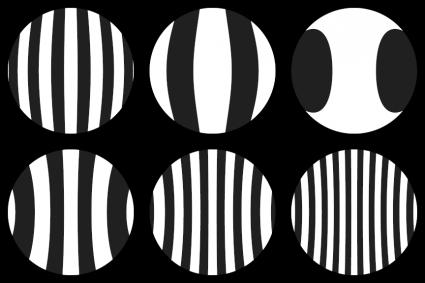
Addendum2: Last night, I went back to my copy of Texereau, and read again how I should interpret this data. It will take a little bit more thought than I could muster to remember the exact details, but there are two bits to remember about this test. Quoting:
Danjon and Couder have pointed out that a good objective must satisfy a double condition:
- The radius of the circle of least aberration should be comparable with that of the theoretical diffraction disk, and on the average, the transverse aberrations should not exceed the diffraction disk radius.
- Maximum wavefront error must not exceed a quarter-wave, and for the major part of the mirror surface should be appreciably less.
Further down:
At the workshop of the Societe Astronomique, we release a mirror only when final values of ΛD / ρ are less than 1 and the wavefront error is less than 1/10 wavelength.
By the standards of Jean Texereau, this mirror is not ready for use. It doesn’t pass the 1/10th wave criteria, and the size of the circle of least aberration (which you can read along line 12 in the output above) is larger than one for all zones. I’ll have a look at it some more and do some more measurements, but I think I’ll be making a new pitch lap for it to finish it. I’m also pondering making a more up to date and portable version of Texereau’s program so that I can have it for use going forward.



